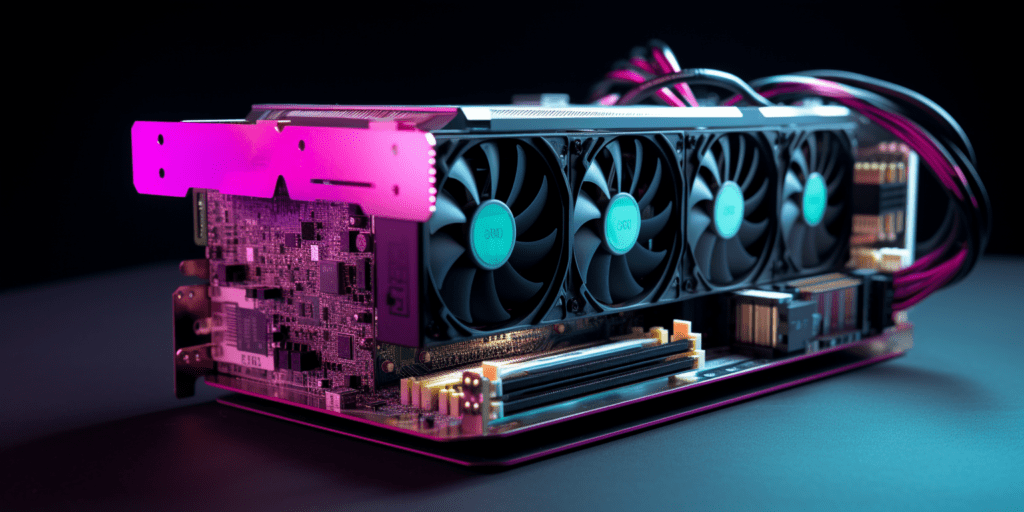Introduction
Cryptocurrency mining is a fundamental process in securing blockchain networks and validating transactions. To participate, miners require specialized hardware designed to perform complex calculations. In this article, we’ll explore the world of cryptocurrency mining hardware, including ASICs, GPUs, and other options. Whether you’re considering starting a mining venture or upgrading your existing hardware, understanding how to choose the right equipment is crucial.
Understanding Cryptocurrency Mining Hardware
Before we delve into the selection process, let’s establish a fundamental understanding of mining hardware:
- What Is Cryptocurrency Mining Hardware? Cryptocurrency mining hardware is specialized computer equipment designed to solve complex mathematical problems, known as hashes, in the process of validating transactions and securing blockchain networks. Miners are rewarded with cryptocurrency tokens for their mining efforts.
- Mining Algorithms and Hardware Different cryptocurrencies use different mining algorithms, and the choice of mining hardware depends on the algorithm employed. The two primary types of hardware discussed in this article are Application-Specific Integrated Circuits (ASICs) and Graphics Processing Units (GPUs).

ASICs vs. GPUs: Choosing the Right Hardware
The choice between ASICs and GPUs depends on various factors:
- ASICs (Application-Specific Integrated Circuits)
- Efficiency: ASICs are highly efficient for specific mining algorithms. They are designed to excel in tasks like Bitcoin’s SHA-256 hashing.
- Specialization: ASICs are application-specific, meaning they are purpose-built for a particular cryptocurrency’s mining algorithm.
- Power Consumption: ASICs are known for their power efficiency, making them suitable for large-scale mining operations.
- GPUs (Graphics Processing Units)
- Versatility: GPUs are versatile and can be used for a wide range of tasks, including gaming and graphics rendering.
- Algorithm Flexibility: GPUs are better suited for cryptocurrencies that use memory-intensive algorithms like Ethash (used in Ethereum mining).
- Initial Cost: GPUs are generally more accessible and cost-effective for miners getting started.
Other Mining Hardware Considerations
Beyond ASICs and GPUs, there are other factors to consider when choosing mining hardware:
- Hash Rate: The hash rate represents the mining hardware’s processing power and determines how quickly it can solve mathematical problems. A higher hash rate is generally more profitable but may also consume more electricity.
- Electricity Costs: Mining can be energy-intensive. Consider your electricity costs and the power efficiency of your chosen hardware.
- Cooling and Maintenance: Proper cooling and maintenance are essential to ensure the longevity and performance of mining hardware.
- Mining Pool Compatibility: Some mining hardware may be more compatible with specific mining pools, affecting your overall mining experience and rewards.
Conclusion
Selecting the right cryptocurrency mining hardware is a crucial decision for anyone entering the world of mining. Whether you choose ASICs, GPUs, or other specialized hardware, it’s essential to consider factors such as efficiency, cost, and mining algorithm compatibility.
As the cryptocurrency mining landscape continues to evolve, staying informed about the latest hardware developments and trends can help you make informed decisions and optimize your mining venture.
For more insights on cryptocurrency mining hardware and related topics, visit Cryptopulse Hub.







